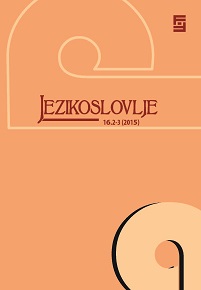
Pogrješke ili promjene
Some Croatian speakers differ in their production of certain grammatical categories when they speak the Croatian standard language, or attempt to speak it. In this article we explore several morphological and morphosyntactic categories that present difficulty to some adult speakers of Croatian, as well as students that are in the process of acquiring it. The data was collected from guided written assignments of 269 children at the end of obligatory school (13–14 years), in the Osijek-Baranja County. The analysis shows that students have acquired selected morphological units of the Croatian standard language to various degrees. Some answers that are not considered standard can be interpreted as slips of pen, some as mistakes, perhaps partly caused by the very mode of examination; others are simply errors. However, some answers cannot be interpreted solely as errors, but as traces of linguistic changes.
More...
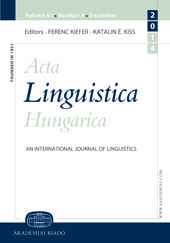
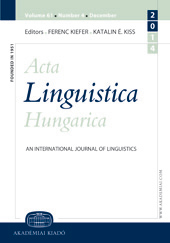
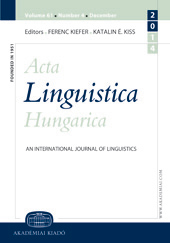
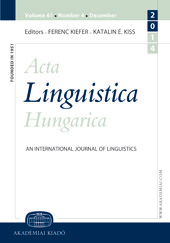
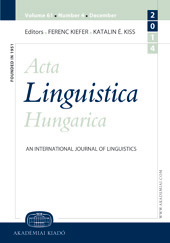
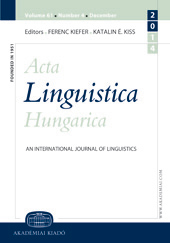
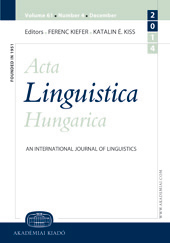
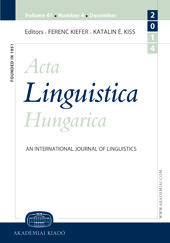
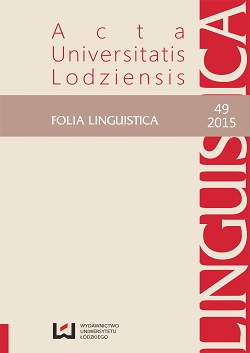
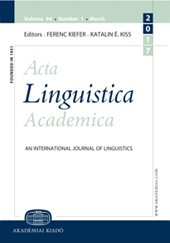
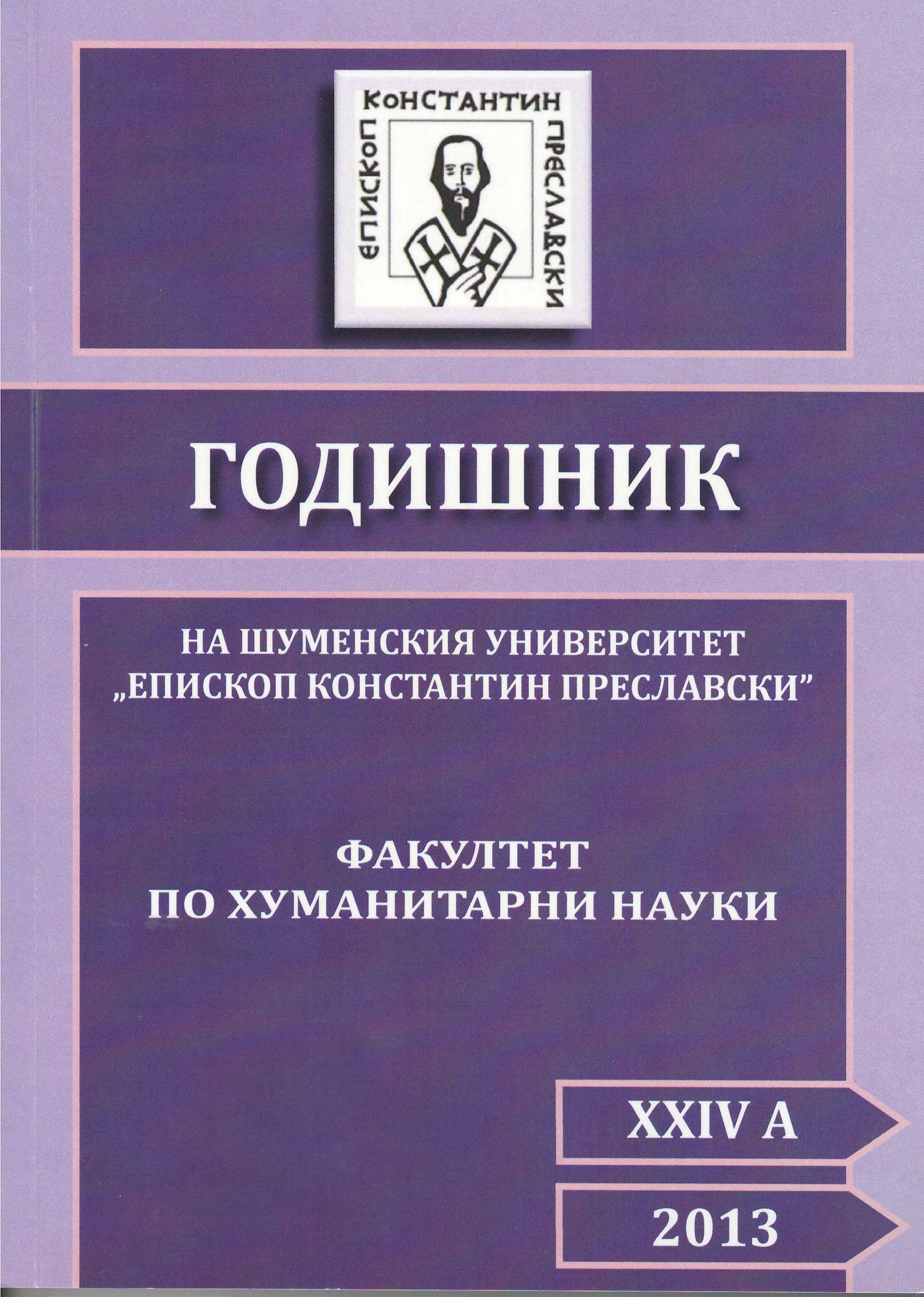
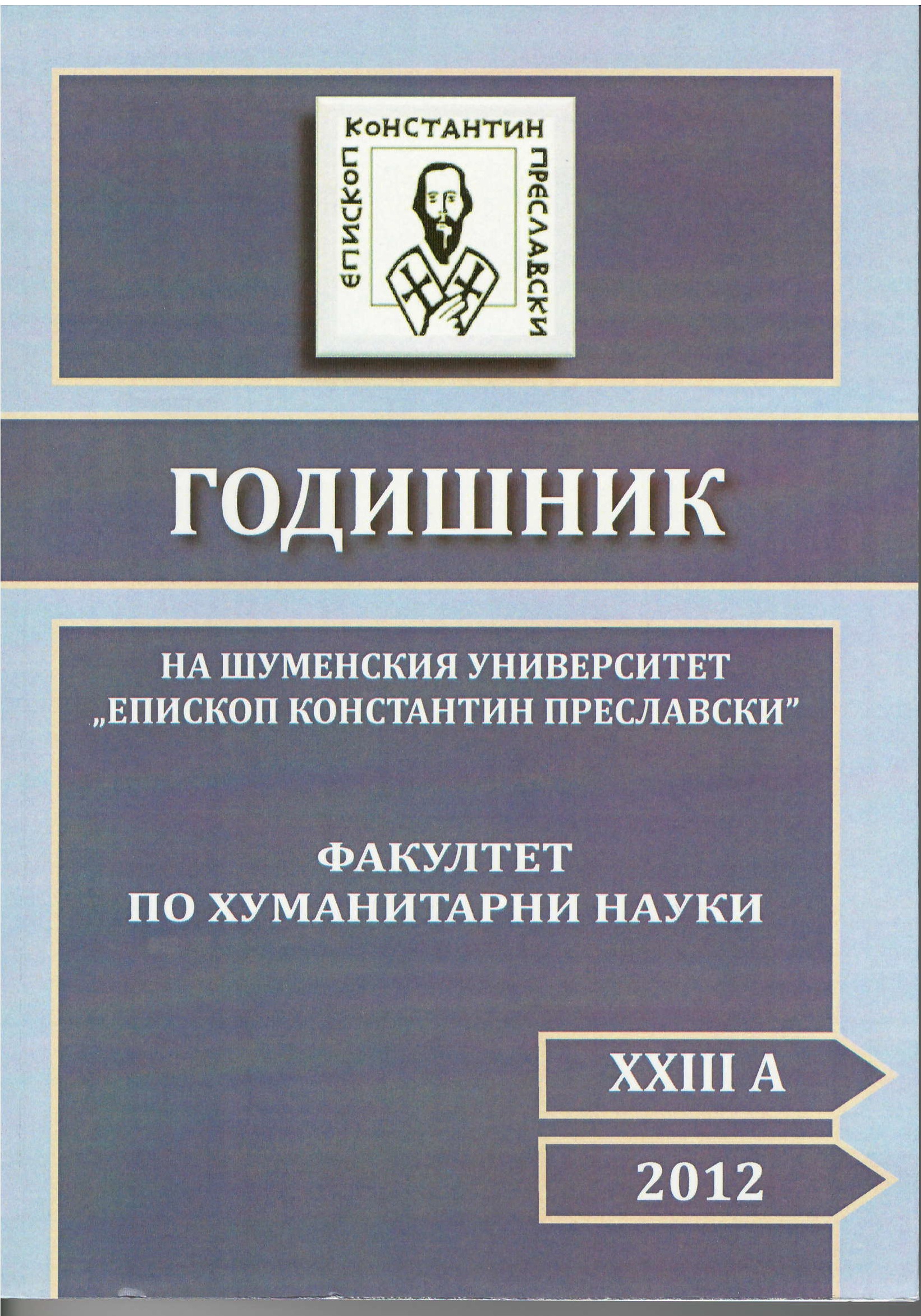
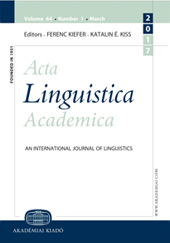
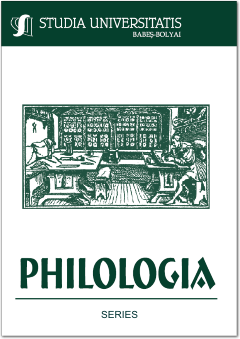
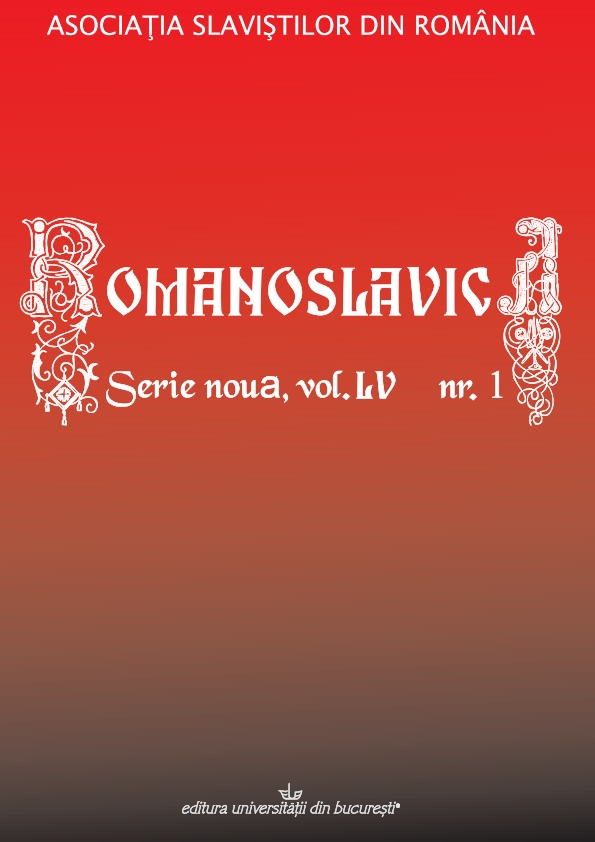
![Underlying representation of [w]-final words in Brazilian Portuguese: Evidence from morphological derivation](/api/image/getissuecoverimage?id=picture_2021_62189.jpg)